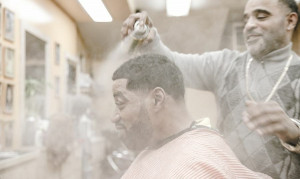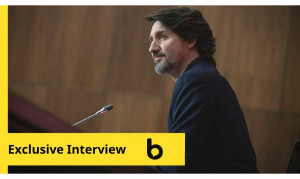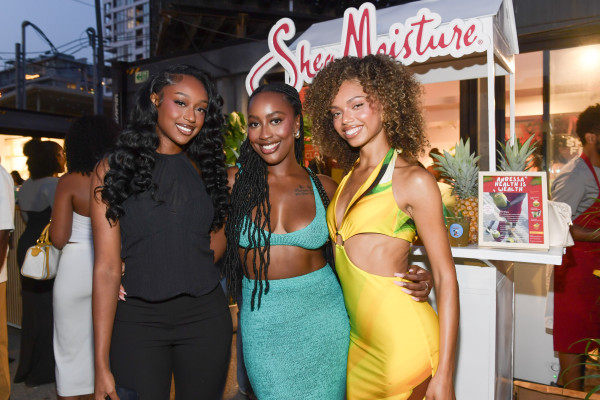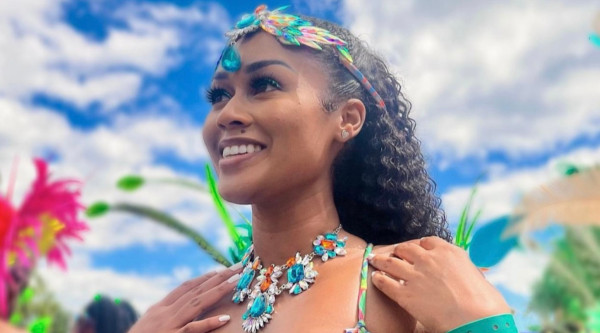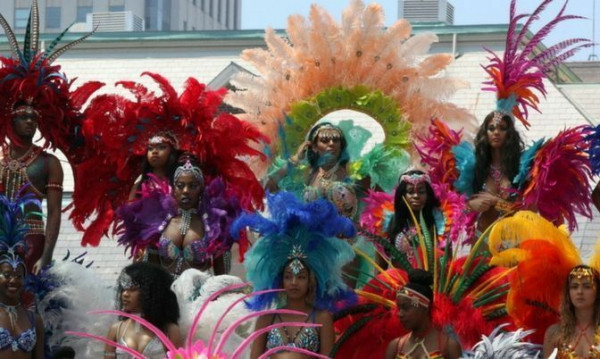About the Carnival
The year 1967 was a special one in Canadian history – it marked the 100th anniversary of Canadian independence from British rule. People of Caribbean heritage living in Toronto came up with the idea to start a carnival that represents the Caribbean spirit during the celebration of Canada’s 100th birthday. Fast forward 54 years and the Toronto Caribbean Festival is still going strong.
Discussing the festival’s impact, the Chair of the Board of Directors of the Festival Management Committee, Joe Halstead, says, “It contributes a lot. It certainly produces a depiction of the Caribbean Cultural arts, to the mosaic of Canada and Toronto in particular. That is from a cultural perspective. From an economic perspective, the carnival is a huge contributor to the economy. It generates economic activity worth $350 million for Canada.”
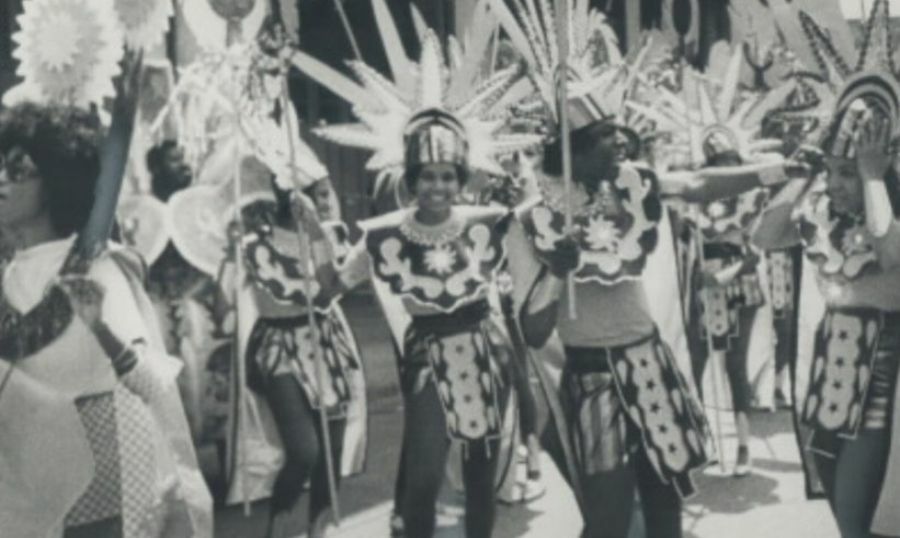
Photo Courtesy of Toronto City Archives
An Evolving Carnival
Initially, the carnival went by the name of Caribana, but later, it was renamed the Toronto Caribbean Carnival. This rebranding was done to give a better image and reflection of what the festival was, displaying a diverse range of talents of Torontonians coming from various Caribbean islands, where the festival originated.
Over time, the carnival evolved a lot, from a small-scale event that ran for two hours to a four-week celebration with different activities throughout the city.
The carnival’s several activities are divided into three art forms. The first one is mass making, which is producing costumes and floats and other depictions that go down in the parade. The second is the creation of steel pan music. There are countless different music genres that are produced for the carnival. The third element is Calypso singing, and it involves social commentary through song.
There is plenty of competition between the band leaders, who produce very spectacular floats and costumes. Some of the most talented and skillful artisans demonstrate their expertise in costume design. Beginning in July and ending in August, the carnival attracts over a million people from different parts of the world every year.
“If you look at that crowd, you will see that it is perhaps the most diverse attendance you will see in any event in Toronto. People representing different cultures, backgrounds and social strata attend it,” says Halstead.
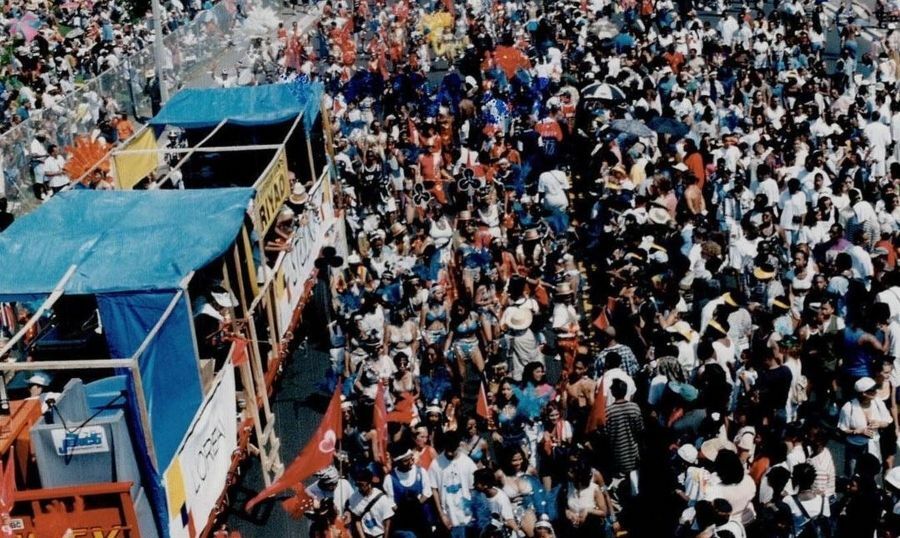
Photo Courtesy of Toronto Caribbean Carnival
Carnival Celebration in 2020 and 2021
Last year, due to the ongoing pandemic, the Festival Celebration committee organized a virtual show, which took all the different aspects of the carnival and related that to people in their homes. “It was quite successful,” says Halstead.
The committee is not sure yet what form and style the carnival will take in 2021. “We will know that in a couple of months, depending on how the COVID-19 pandemic is spreading. We have started preparation anyway.”
“At the very least, we will do a virtual event if nothing else, but at this point, we don't want to commit to that because we would prefer to do an in-person event where we actually have people who are tested, who are COVID-free, who are vaccinated and who can in fact mingle,” he adds.
But a virtual event is planned at the end of March 2021 just to remind the public that the culture is still alive.
According to Andre Newell, Head of the Carnival's Marketing, Communications & Partnership, “The festival is more than a parade. It is a celebration of freedom and heritage to be maintained, and it's our responsibility to maintain it no matter what.” Newell continues, “We are planning a virtual event that people can participate with at home, and it’s going to be something that represents various elements of the festival and brings that Caribbean excitement here in the cold winter.”
Improvements to Be Made
The committee made the most of its time during lockdown. According to Newell, “The good thing about having all this downtime is we've had plenty of opportunities to plan, rethink, and improve some aspects of what we do. I can't give any specifics away yet, but we have a lot of exciting new things planned, and incredible changes to the things we already do.”
Halstead is also reluctant to share any details of changes and improvements to come. “I cannot be specific about the changes and improvements at this time. The fundamentals, the carnival art, the things that are important will remain the same,” he says. “But, we would try to bring different elements and pieces of it and expand or emphasize those.”
Virtual Timeline
With the hope to develop a permanent archive of Toronto Carnival history, the Carnival Management Committee recently launched a timeline for Black History Month.
Incorporated into the festival’s website, the timeline will include a lot of carnival history images for the remainder of Black History Month and will continue to preserve the archive year-round.
The committee is encouraging the public to visit, explore, engage and contribute to the timeline, to make it an interactive and living history of the Toronto Caribbean Carnival.
As Newell further explains, “We do know that this is a story that is 54 years. It's such a big story that there's no way it could be told by any individual. We’re open to the many people who have come in contact with the festival over the years contributing to the timeline with their memories. Whether it's a photo, video or a story that they want to share, it's all relevant to giving a full perspective of the history of this festival.”
The committee is grateful for the images it has received so far, and the appreciation on social media from people who have seen and been amazed by the costuming and organization of the festival in the 1970s.
The Carnival Management Committee is looking to work with other institutions to figure out a way to showcase and exhibit its learning.
Halstead’s message to the public is, “We want to say thank you for supporting us over those 54 years. We're going to be doing festivals for a long time to come and we want them to continue to support us and participate the best they can. Look at the website, tune in to our shows, and follow our social media for our announcements.”
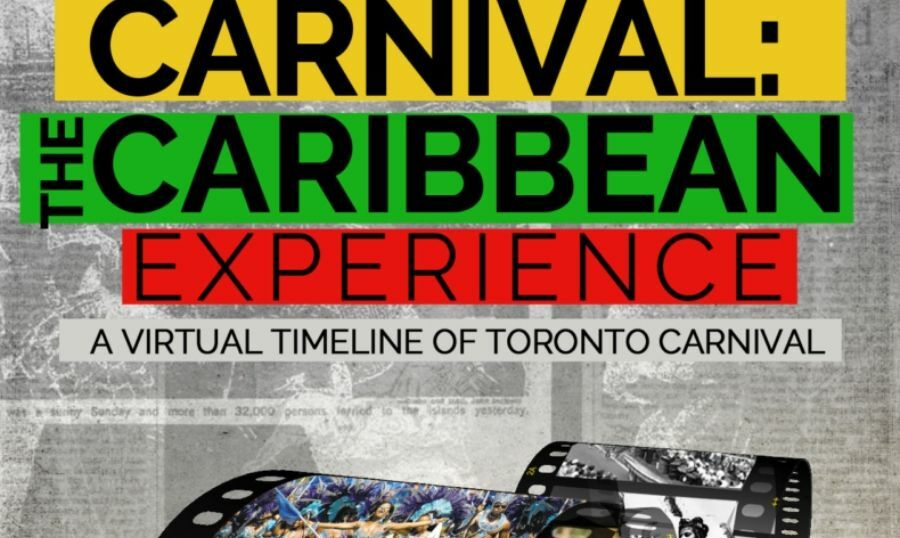
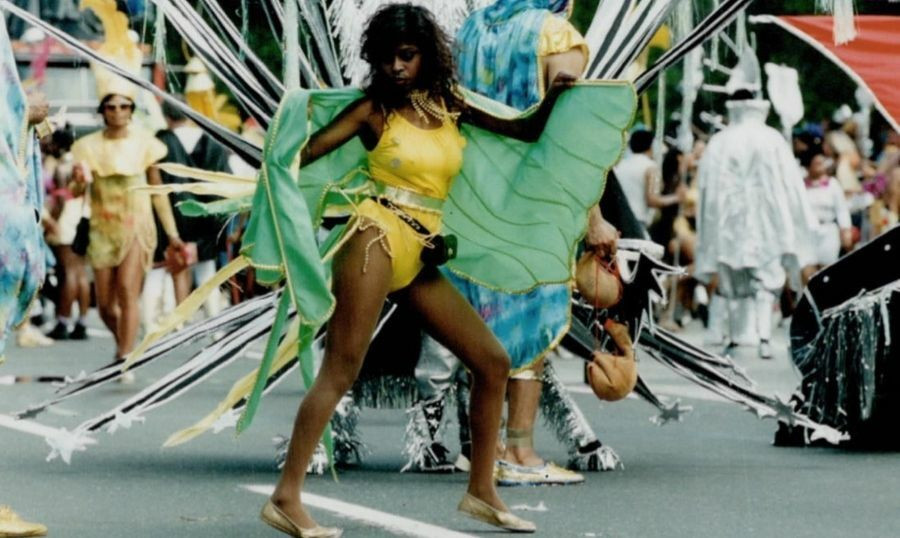
 By
By 




